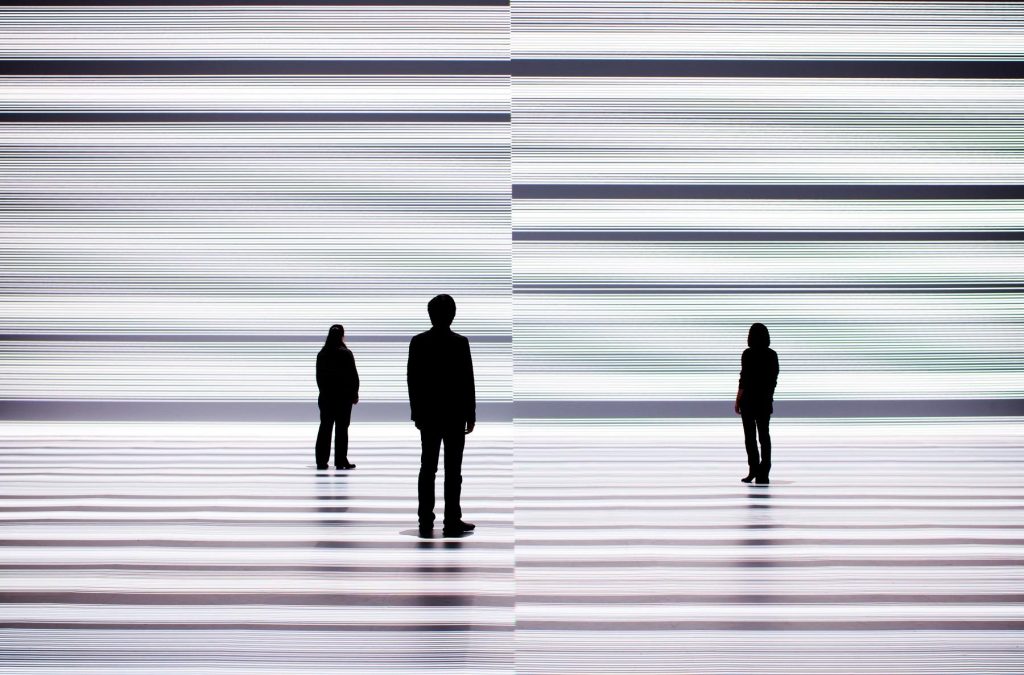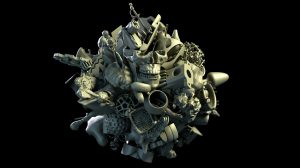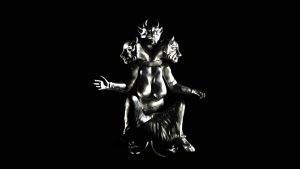(Walt Disney Animation Studios, 2012, Paperman)
Link to the original post: https://courses.ideate.cmu.edu/15-104/f2017/2017/09/28/looking-outwards-05-3d-graphics/
As a student that personally admires all of the Disney films, I was very thrilled to come across Sarah’s post about Disney’s 3D graphics in the short film Paperman. Although this film is black and white, the intricate movements and details put into the figures, objects, and backgrounds make the scene live as if they are colored and real. I very much agree with Sarah’s comment about Disney sticking to the older practice of creating animation. The combination of artistic skills enabled the production of such a solid piece of work. Especially after knowing how intense and time consuming it is to draw each frame and convert it to 3D graphic images, I have deep respect to the animators at Walt Disney animation studios.
![[OLD FALL 2017] 15-104 • Introduction to Computing for Creative Practice](../../../../wp-content/uploads/2020/08/stop-banner.png)


